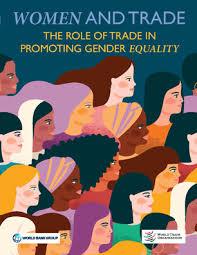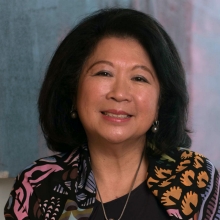Key Findings
Trade can expand women’s role in the economy, decrease inequality, and improve women’s access to skills and education.
- Exporters employ more women: In developing countries, women make up 33 percent of the workforce of exporting firms compared with just 24 percent of non-exporting firms.
- Trade creates better jobs for women: When women are employed in sectors with high levels of exports, they are more likely to be formally employed in a job with better benefits, training and security.
- Trade increases women’s wages and increases economic equality: Developing countries that double their manufacturing exports—a typical increase for developing countries that open themselves to trade—would see women increase their share of total manufacturing wages from 24% to 30% through a combination of increased employment and higher salaries.














Add new comment